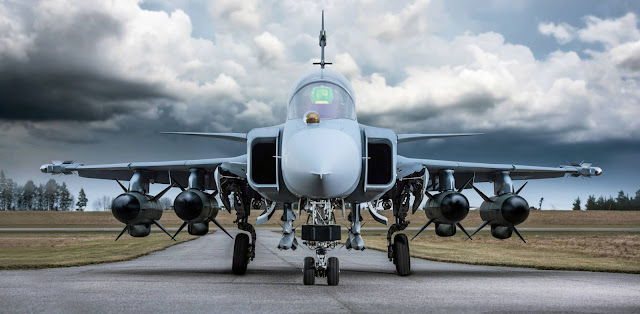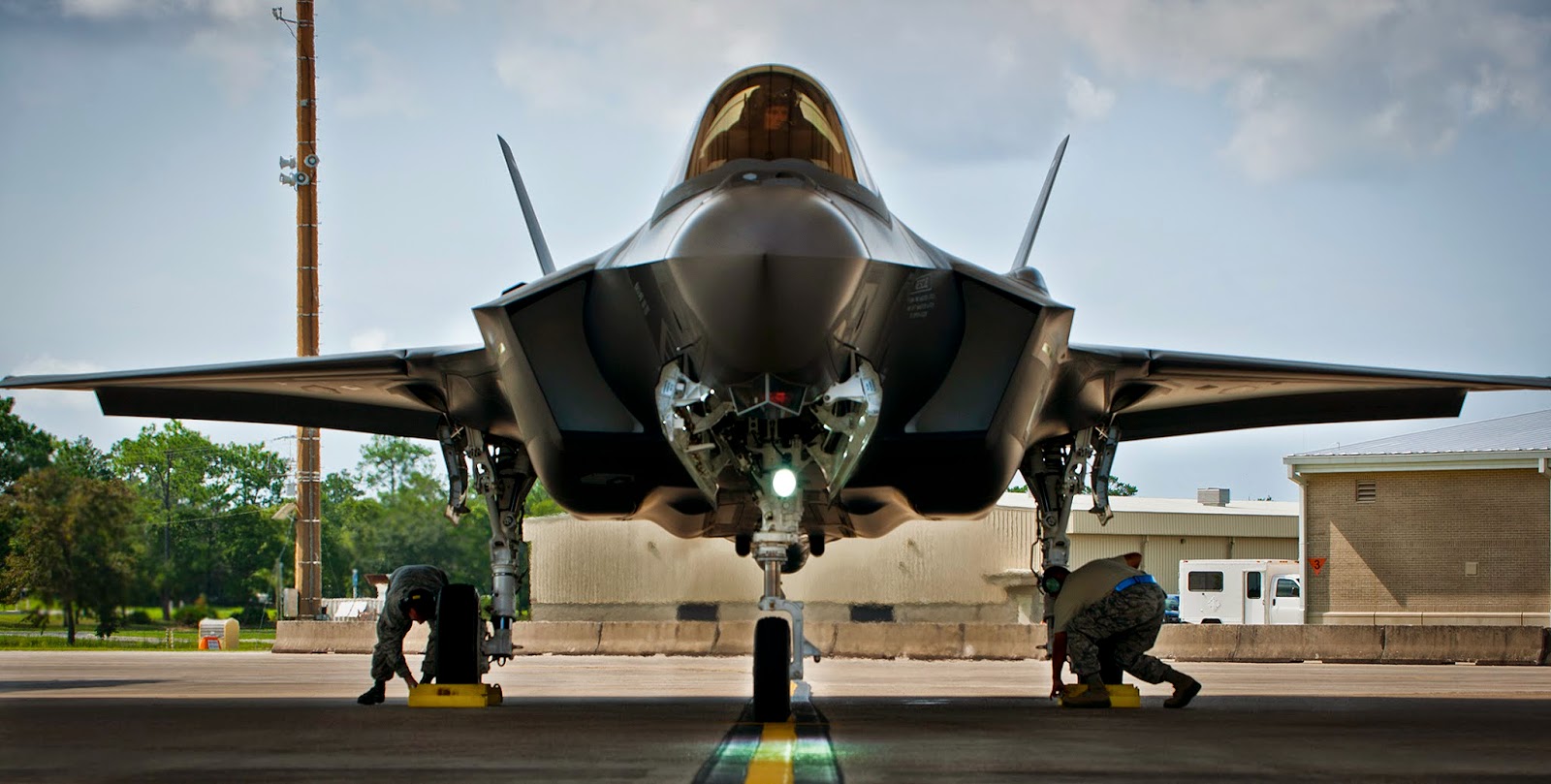USAF general adamant about building new tankers, fighters, and bombers.
United States Air Force Chief of Staff General Mark Welsh recently made a speech reinforcing the USAF's commitment to three very big and expensive projects. In question are the KC-46 aerial tanker, the F-35 multirole fighter and the Next-Generation Bomber (B-3?).
While it would seem obvious that the USAF's top man would voice support for future projects, the cold, hard reality of the United States' sequestration means that any or all three of these projects could be ripe for the picking.
The KC-46 is desperately needed to replace the USAF's aging tanker fleet... Supposedly. The KC-46 is said to be the USAF's "top priority" possibly even beating out the F-35A. It would seem rather odd, however, that the USAF is so keen on getting new tankers, while at the same time, contemplating retiring their existing KC-10 tanker fleet early. Development of the KC-46 has not been smooth, with budget overruns of over $700 million and some controversy surrounding the selection process.
Next up is the F-35A, a subject that needs no introduction here. Like the KC-46 however, the "high priority" need for the F-35 is somewhat baffling, considering the USAF is considering standing down its entire A-10 "Warthog" fleet, as well as large numbers of the F-15C air-superiority fighter. The A-10 has been praised by ground troops in Afghanistan and Iraq, while the F-15C has not only proven itself as one of the greatest fighter aircraft of all time, but the airframe itself has proven to have an enviable service life.
Lastly, there is the proposed "Next Generation Bomber" project. Although the project is still in its relative infancy, with no prototype yet built, it is safe to assume that this project will likely also be overbudget and late by the time it arrives. Why? Consider it's immediate predecessor, the B-2, was the most expensive aircraft ever built. The B-1 before that was also wrought with troubled development. If the B-3 (or whatever it will be called) was delivered on time and on budget, it would certainly be an outlier in USAF bomber development over the last half-century.
So there you have it. Three expensive future programs that are putting the USAF's current force at risk for induced cuts.
Who would defend three high-cost programs during a time of economic restraint and forced sequestration cuts? Who would insist on spending billions on troubled development of future aircraft while throwing the current fleet to the wolves?
Perhaps this photo of General Welsh taken during his speech will give you a better idea of the sort of guy that makes these decisions.
While it would seem obvious that the USAF's top man would voice support for future projects, the cold, hard reality of the United States' sequestration means that any or all three of these projects could be ripe for the picking.
 |
| Boeing KC-46A, the USAF's "top priority". |
The KC-46 is desperately needed to replace the USAF's aging tanker fleet... Supposedly. The KC-46 is said to be the USAF's "top priority" possibly even beating out the F-35A. It would seem rather odd, however, that the USAF is so keen on getting new tankers, while at the same time, contemplating retiring their existing KC-10 tanker fleet early. Development of the KC-46 has not been smooth, with budget overruns of over $700 million and some controversy surrounding the selection process.
 |
| F-35As |
Next up is the F-35A, a subject that needs no introduction here. Like the KC-46 however, the "high priority" need for the F-35 is somewhat baffling, considering the USAF is considering standing down its entire A-10 "Warthog" fleet, as well as large numbers of the F-15C air-superiority fighter. The A-10 has been praised by ground troops in Afghanistan and Iraq, while the F-15C has not only proven itself as one of the greatest fighter aircraft of all time, but the airframe itself has proven to have an enviable service life.
 |
| Next Generation Bomber proposal. |
Lastly, there is the proposed "Next Generation Bomber" project. Although the project is still in its relative infancy, with no prototype yet built, it is safe to assume that this project will likely also be overbudget and late by the time it arrives. Why? Consider it's immediate predecessor, the B-2, was the most expensive aircraft ever built. The B-1 before that was also wrought with troubled development. If the B-3 (or whatever it will be called) was delivered on time and on budget, it would certainly be an outlier in USAF bomber development over the last half-century.
So there you have it. Three expensive future programs that are putting the USAF's current force at risk for induced cuts.
Who would defend three high-cost programs during a time of economic restraint and forced sequestration cuts? Who would insist on spending billions on troubled development of future aircraft while throwing the current fleet to the wolves?
 |
| This actually happened. No kiddin'. |
Perhaps this photo of General Welsh taken during his speech will give you a better idea of the sort of guy that makes these decisions.



Nice catch for the General picture! This happened precisely on the presentation you describe above? Why so serious? :-D
ReplyDeleteIn France, we're sometimes being seen as too serious (mostly true IMO!) : this kind of thing, if reported in medias, would have dramatic consequences for a French general...
I'm waiting for the day of "wake up" when the protected programs will surprisingly be cut... but the USA will probably wait as long as possible before admitting officially that they will never order the 2443 planned F-35.
That picture is my new favourite thing.
ReplyDeleteIt explains all the mad craziness of the USAF's recent acts, like getting rid of the A-10, going all in with the F-35, and early retirement of the F15C and KC10.
You do realize Mark Welsh flew the warthog and has 1,000 hours in the A-10? Before we start this meme of the USAF is so crazy and "Big Air Force" is cracking down on the classics? This is a warthog guy saying the warthog needs to go, maybe he knows what he is talking about?
ReplyDeletenah, post a picture of him in a silly mask and try to paint him as a nutter.
It shouldn't be a surprise that the USAF is ready to rid itself of 20th century aircraft to get 21st century aircraft.
Nice try "Zulu"... Or should I call you "Nickname goes here?"
ReplyDeleteAfter trolling the old blog, you aren't welcome here.